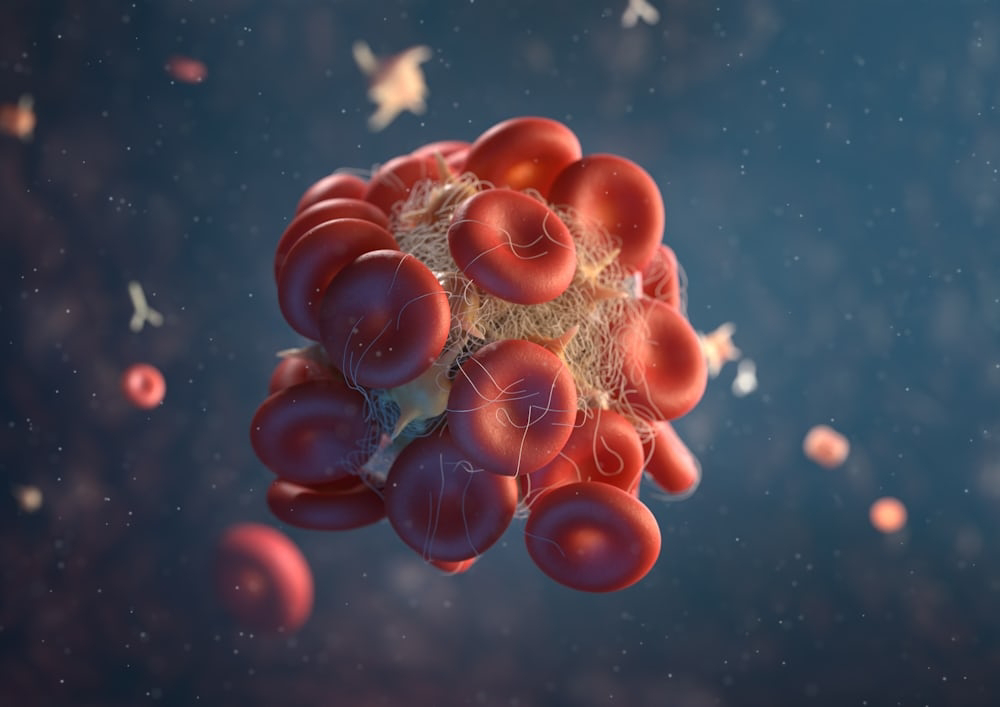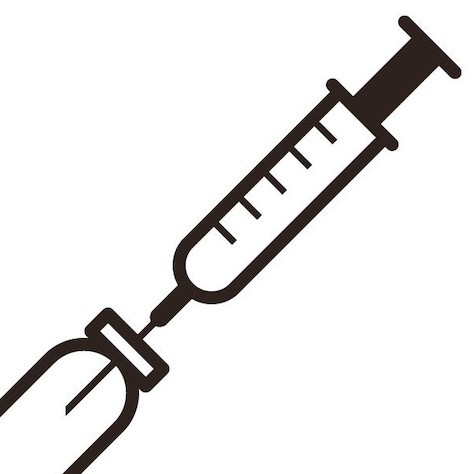The Era of TRT in the UFC: When Testosterone Replacement Therapy Was Allowed
The Ultimate Fighting Championship (UFC), the premier organization in mixed martial arts (MMA), has seen many changes over the years in its rules and regulations. One of the most controversial periods in the sport’s history was when fighters were allowed to use Testosterone Replacement Therapy (TRT) exemptions. This era, spanning the late 2000s to early 2014, is remembered for the debates it sparked about fairness, safety, and the integrity of the sport.
What is TRT?
Testosterone Replacement Therapy is a medical treatment intended for men who have abnormally low levels of testosterone, a condition known as hypogonadism. TRT involves supplementing the body’s testosterone through injections, gels, or patches to restore normal levels, helping alleviate symptoms such as fatigue, depression, and decreased libido.
TRT in MMA: The Rationale and Controversy
In MMA, the use of TRT began to gain attention as fighters claimed it was necessary for their health and well-being. Proponents argued that as athletes pushed their bodies to extreme limits, some experienced low testosterone levels and needed TRT to maintain their performance and overall health.
However, the allowance of TRT in MMA was fraught with controversy. Critics argued that TRT provided an unfair advantage, as it could be abused to enhance performance rather than merely restore normal levels. The potential for abuse was significant; fighters could theoretically use TRT to achieve testosterone levels higher than what is naturally possible, thus gaining an edge over their competitors.
High-Profile Fighters and TRT Exemptions
Several high-profile UFC fighters were granted TRT exemptions during this period. Among them were Dan Henderson, Chael Sonnen, Vitor Belfort, and Frank Mir. These fighters claimed medical necessity, and their exemptions were approved by athletic commissions overseeing the events.
Dan Henderson: One of the first high-profile fighters to receive a TRT exemption, Henderson argued it was necessary due to his age and the physical demands of the sport.
Chael Sonnen: Perhaps the most vocal advocate for TRT, Sonnen openly discussed his use of TRT, framing it as a medical need.
Vitor Belfort: His use of TRT was particularly controversial as he experienced a career resurgence, displaying remarkable physical conditioning and performance in his fights.
The Turning Point: Nevada State Athletic Commission's Ban
The tipping point came in early 2014. On February 27, 2014, the Nevada State Athletic Commission (NSAC) made a landmark decision to ban TRT exemptions. This move was swiftly followed by other major commissions and the UFC itself. The ban was influenced by growing concerns over the potential for abuse, fairness, and the long-term health implications for fighters.
UFC President Dana White supported the ban, acknowledging that while some fighters legitimately needed TRT, the potential for abuse and the controversies surrounding its use necessitated a clear, definitive stance.
The Aftermath and Legacy
The ban on TRT had an immediate impact. Fighters who had been using TRT were required to discontinue its use and adjust their training and preparation accordingly. Some fighters retired, while others continued to compete, albeit under different conditions.
The legacy of the TRT era in the UFC remains a topic of debate. It highlighted the challenges of balancing athlete health with fair competition and underscored the need for stringent regulation and oversight in professional sports. The TRT controversy also paved the way for stricter anti-doping measures in the UFC, leading to the partnership with the United States Anti-Doping Agency (USADA) in 2015, which introduced more rigorous drug testing protocols.
The period when TRT exemptions were allowed in the UFC was marked by significant debate and controversy. While intended to address legitimate health concerns, the potential for abuse and the questions surrounding fairness ultimately led to the ban. This era serves as a critical chapter in the UFC’s history, emphasizing the ongoing evolution of the sport's regulatory landscape to ensure fair and safe competition.








Comments
Post a Comment